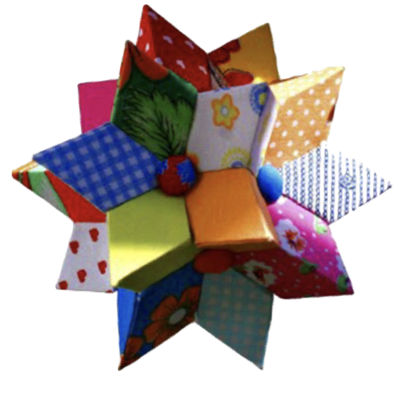Spikey U's Technology Enhanced Solution allows for a holistic assessment of individual circumstances and provide Teaching for Robust Understanding (TRU) Framework focused on achieving positive experience and sustainable outcomes for learners o all abilities, backgrounds and ages.
Therefore, our learners are different in terms of their experience, achievement, ability and learning styles as well as attitudes, pace of learning and motivation.The quality of a learning environment depends on the extent to which it provides opportunities for students along the following five dimensions:
(1) The richness of disciplinary concepts and practices (“the content”) available for learning;
(2) Student sense-making and “productive struggle”;
(3) Meaningful and equitable access to concepts and practices for all students;
(4) Means for constructing positive disciplinary identities through presenting, discussing and refining ideas; and
(5) The responsiveness of the environment to student thinking.
The Content.
The key difference is how learners encounter the content.
Learners often experience of mathematics as a presentation of isolated facts, procedures and concepts that they are to rehearse, memorise, and apply. Most of our learners gear towards a specific exam and, therefore, their learning goals are determined by the relevant exam syllabus and the "target grade" they aim for. The rich content means (i) establishing connections between current mathematical concept and concepts in the past and future lessons. (ii) creating the circumstances for learners to become disciplinary thinkers.
The Cognitive Demand
One gets better at any discipline by working hard at it.
Our learners are clear that learning is not a matter of memorisation, we discuss with students general ideas of malleable intelligence, growth mindset (Dweck, 2007) as well as “Father Guido Sarducci’s Five Minute University.” We encourage students’ productive struggle but we also create the circumstances for learners to be successful with mathematics by deploying a range of metacognition strategies: If students are successful and believe they can be successful, they will be motivated.
Equitable Access to Content
All students have access to meaningful disciplinary concepts and practices.
Agency, Ownership, and Identity
in climates where students feel comfortable contributing to the development of disciplinary ideas will they have opportunities to develop a sense of academic and disciplinary agency, ownership of the ideas. Our students benefit from our constructivism based collaborative learning approach, unlimited access to our learning resources and both robust and transparent Quality Management System.
Formarive Assessment
Spikey U: meet students where they are.
Black and Wiliam’s (1998 a,b) widely cited reviews document the substantial learning gains that result from teachers’ use of formative assessment. When assessment becomes an integral and ongoing part of the learning process, as opposed to an interruption of classroom activities, student thinking takes on a more central role in determining the direction and shape of classroom activities (Shepard, 2000; Shafer & Romberg, 1999; de Lange, 1999). Our students benefit from technology enhanced self administrated automated formative assessment: students have to submit their wok using fully automated submission system.
Schoenfeld, A. H., & the Teaching for Robust Understanding Project. (2016). An Introduction to the Teaching for Robust Understanding (TRU) Framework. Berkeley, CA: Graduate School of Education. Retrieved from http://truframework.org or http://map.mathshell.org/trumath.php
A holistic approach to technology enhanced of Technology Enhanced Assessment for Learning
Technology Enhanced Learning Enviroment
Technology Enhanced Individual Learning

